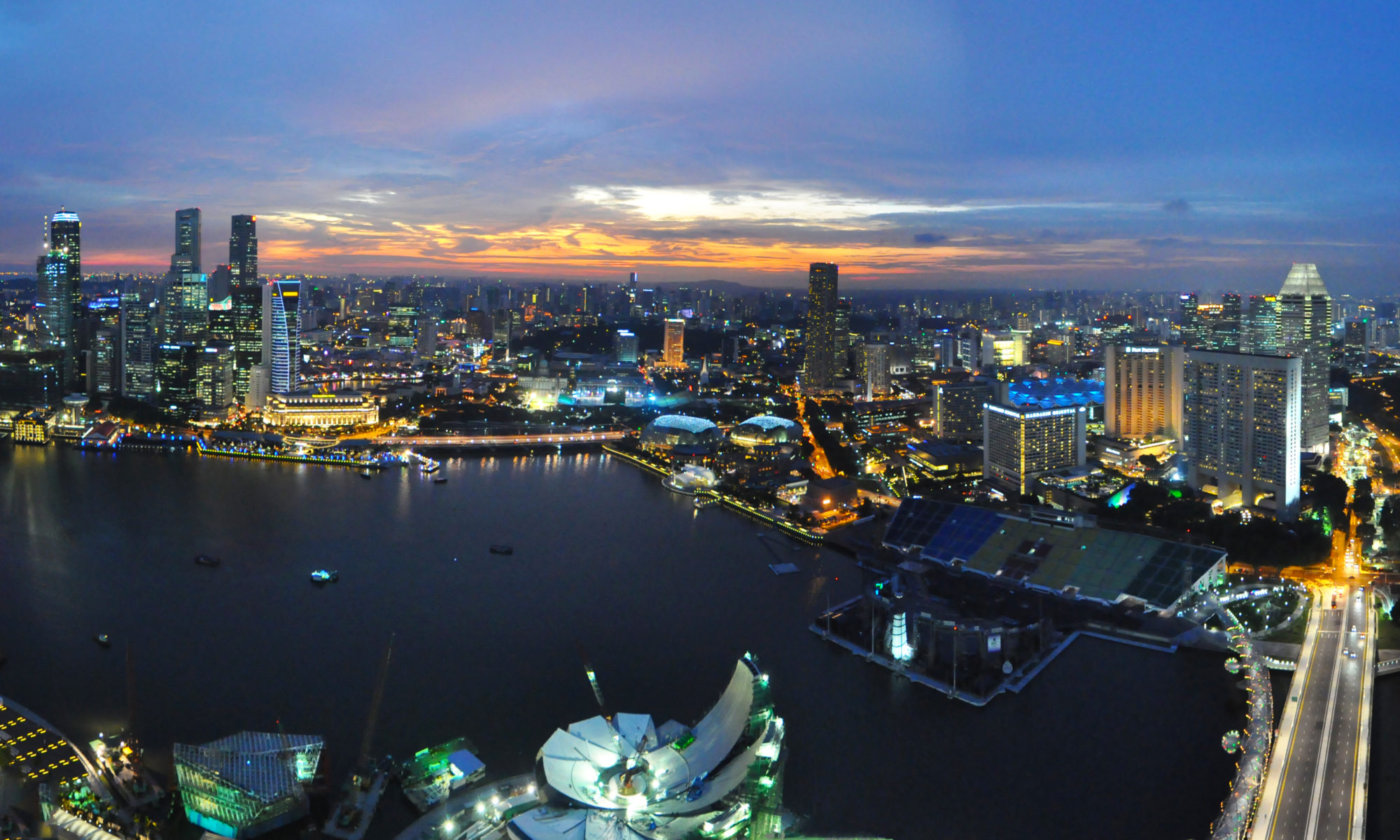Before Singapore’s elections of a couple of weeks ago, I spent time trying to figure out what was going to happen and how it worked. In U.S. elections, votes are cast on numerous issues. Citizens vote on multiple representatives from the municipality up to the federal government. In California we were annually bombarded by propositions born from an active electorate and an incompetent government. But from what I could tell, each Singaporean was only choosing his area’s member(s) of parliament (MP). And as I dug in even more, I saw that some were not even choosing that.
Note: I am again deferring to the laws of my host country and withholding any criticism of the election system.
 Before looking at the mechanics of the election, consider Singapore’s brief 45 year history. The first half of the nation’s history was extremely troubling and mired by the problems common to the third-world: terrible living conditions, high unemployment, rampant violence, and stagnant growth. From independence in 1965 to today, one party, led by Lee Kuan Yew, was responsible for improving the situation. And their work was nothing short of spectacular. Because of this success and other reasons, this party has maintained majority control of the government forever.
Before looking at the mechanics of the election, consider Singapore’s brief 45 year history. The first half of the nation’s history was extremely troubling and mired by the problems common to the third-world: terrible living conditions, high unemployment, rampant violence, and stagnant growth. From independence in 1965 to today, one party, led by Lee Kuan Yew, was responsible for improving the situation. And their work was nothing short of spectacular. Because of this success and other reasons, this party has maintained majority control of the government forever.
As I mentioned previously, Singapore’s citizens now enjoy the second highest income in Asia. Crime here is a rarity. The health, education, security and safety of the citizenry is first world. The ruling party, the People’s Action Party (PAP), deserves full credit for this success. There are plenty of PAP detractors, but in respect of local laws I will not repeat complaints here.
The common vague complaint of locals is that the same people have been running the country since its creation. But this is the decision of the electorate. Up until the recent elections, as far as I can see the PAP has always won more than 70% of the popular vote. And 70% is enough to hold virtually all of the seats. In fact, 70% of the popular vote in 2005 resulted in the PAP controlling 82 out of 84 contested seats in parliament. The PAP won three seats uncontested.
Singapore uses election districts to choose a single member or group of members to represent the region in parliament. The representative with the plurality of votes in the region (called constituency) goes to parliament. With names from multiple parties on the ballot, a party can be chosen with less than a majority of the votes.
While this system closely matches the U.S. model, Singapore has added complexity to the constituency process over time. Originally one member of parliament (MP) was chosen from each constituency. But over time the government decided to collapse several of these single representative constituencies (SRC) into larger groups. In these group representative constituencies (GRC) the voters collectively choose multiple MPs when that group wins by plurality. By choosing which SRCs get collapsed into GRCs, the ruling party maintains influence over the elections’ outcomes.
 Singaporeans vote for nothing more than their MP(s). But, even with compulsory voting, some Singaporeans do not vote at all. The costs of fielding a candidate or team of candidates are considerable. Any party that fails to win 12.5% of the popular vote forfeits its $16,000 deposit for each candidate to the government. Running in all 27 constituencies for 87 seats would require a S$1.3M deposit that would be difficult to reclaim.
Singaporeans vote for nothing more than their MP(s). But, even with compulsory voting, some Singaporeans do not vote at all. The costs of fielding a candidate or team of candidates are considerable. Any party that fails to win 12.5% of the popular vote forfeits its $16,000 deposit for each candidate to the government. Running in all 27 constituencies for 87 seats would require a S$1.3M deposit that would be difficult to reclaim.
This means opposing candidates must carefully weigh their chances up to the two-week deadline before the vote. If they feel they cannot win the needed votes, they withdraw from the election. Because of this the PAP runs uncontested in many SRCs and GRCs. This is perennially true in the Tanjong Pagar GRC, where an aging, politically potent, and still popular Lee Kuan Yew scares away competition by continually running with his party.
Leading up to the 2011 elections, the following questions were on my mind:
- Who will vote against the PAP, with 45 years of success to its name and with the aged but still powerful Lee Kuan Yew believed to be behind the prime minister?
- Are those people densely located in an SRC such that an opposition candidate could win the vote?
- Has that SRC been collapsed into a GRC so the neighbor’s support for the PAP will drown out the minority?
Believe me that every taxi driver had an opinion on this. Taxi drivers, the vocal, surly minority of Singapore, had me convinced that a democratic revolution was brewing to unseat the PAP in a large number of constituencies. And with that prediction, balanced against the unwavering success of the PAP in every previous election, we went into election night.
